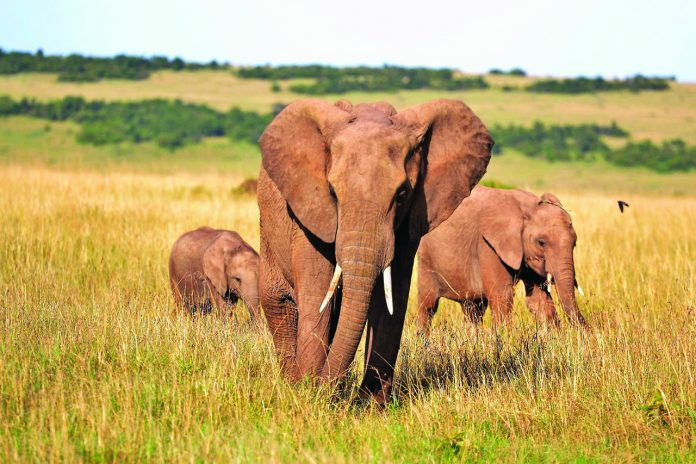According to data from the U.S. Fish & Wildlife Service, hunting is fading as a recreational activity. In 1980, Americans bought 16.3 million hunting licenses. By 2018 that number had dropped to 15.6 million.
During that same time period, the total U.S. population grew from 227 million to 327 million, so the percentage of the total population who purchased hunting licenses actually fell from 7.2 percent to 4.8 percent.
Compare those numbers to the 86 million Americans who call themselves “wildlife watchers.”
Fading enthusiasm
Clearly enthusiasm for hunting has faded. There are many reasons. Rural lifestyles change as the population grows and shifts to the suburbs and cities. Hunting equipment is expensive. It requires access to huntable land; time off work to scout and practice; disposable income for guns, bows, ammunition; and a vehicle to transport harvested game. Not many people today live in the country, where they can just step outside before or after work for a few hours to hunt a neighbor’s cornfield.
Serves a purpose
Declining popularity, however, doesn’t make hunting bad. It just means that over time fewer people hunt. But it still serves a purpose.
Every state has an agency that monitors its wildlife populations. Seasons and bag limits are adjusted as populations ebb and flow.
Can you imagine the howls of protest from insurance companies, state departments of transportation, farm bureaus, and gardeners if hunters didn’t control the deer population? And eastern black bears are no longer rarely seen. They cause more property damage every year as more people infringe on bear habitat.
So, deer hunting, and even small game hunting, will continue. And if hunters can take trophies while performing a public service, fine. But why do we still permit trophy hunting?
Why trophy hunting?
Is it really wise to permit the wealthy few to roam the globe searching for large, exotic animals to kill? Do private homes really need mounted heads on walls and wildlife skins on floors?
To put the economics of exotic trophy hunting in perspective, here are some fees charged by a trophy hunting outfitter in South Africa: elephants ($40,000+), lions ($14,750+), cape buffalo ($12,000+), hippos ($9,500+), giraffes ($2,950), zebras ($1,650), wildebeests ($1,250). Then add the costs of travel and trophy preparation.
Negative press
I trace America’s growing disdain for trophy hunting back to 2015 when a Minnesota dentist killed 13-year old Cecil the lion in Zimbabwe’s Hwange National Park. The world was outraged. The hunter’s guides illegally lured Cecil away from the protection of the national park.
That same year, as Donald Trump initiated his presidential campaign, photos of sons Eric and Don Jr. surfaced online showing them posing with a variety of African big game trophies. Those images generated a lot of negative publicity. The image I recall most vividly shows Don Jr. with a knife in one hand and an elephant tail in the other.
It’s easy to find dozens of images of other big game hunters posing triumphantly with elephants, lions, rhinos, and giraffes. They show no respect for the lives they have taken. It’s all about the kill and the trophy.
Legal?
Closer to home, U.S. hunters enter lotteries and head west for native trophies — elk, bison, musk ox, pronghorn, mountain sheep, mountain goats, wolves, cougars, and grizzly bears. But like it or not, trophy hunting is legal. The question is, should it be?
Thirty years ago, I defended it. But with time, attitudes evolve. Today I argue that trophy hunting can no longer be justified. There is simply no reason to kill the most magnificent animals on the planet for recreation. We are better than that. Or we should be.
I know the argument. The exorbitant fees trophy hunters pay are used to fund conservation efforts that benefit trophy species. We kill them to save them. Poachers can be hired as hunting guides. But how much really goes to conservation? And how much goes to corrupt officials and politicians?
Here’s the obvious solution. Instead of killing big game with guns, shoot them with cameras. It requires comparable physical skills, expensive gear and extensive travel. The trophies can still be hung on walls and the best wildlife photographers are admired and respected rather than scorned around the world.














Horribly written, what happened to objectivity and fact-based arguments? Really disappointing from a Ph.D and even more so from an ecologist. This peace leaves a lot to be desired and one could argue that writing like this fuels the lack of trust of academics by the general public.
Shameful, selling out academic integrity like that. Semi-factual statements (some not factual in any sense), paper-thin arguments and emotive drivel.